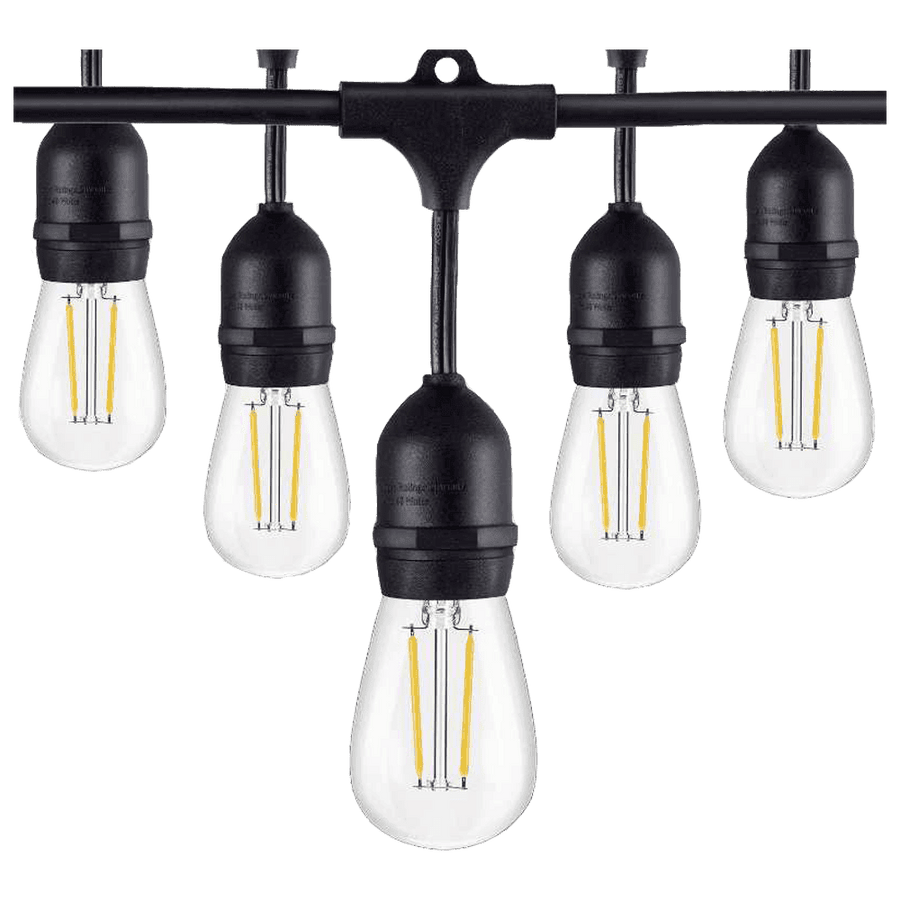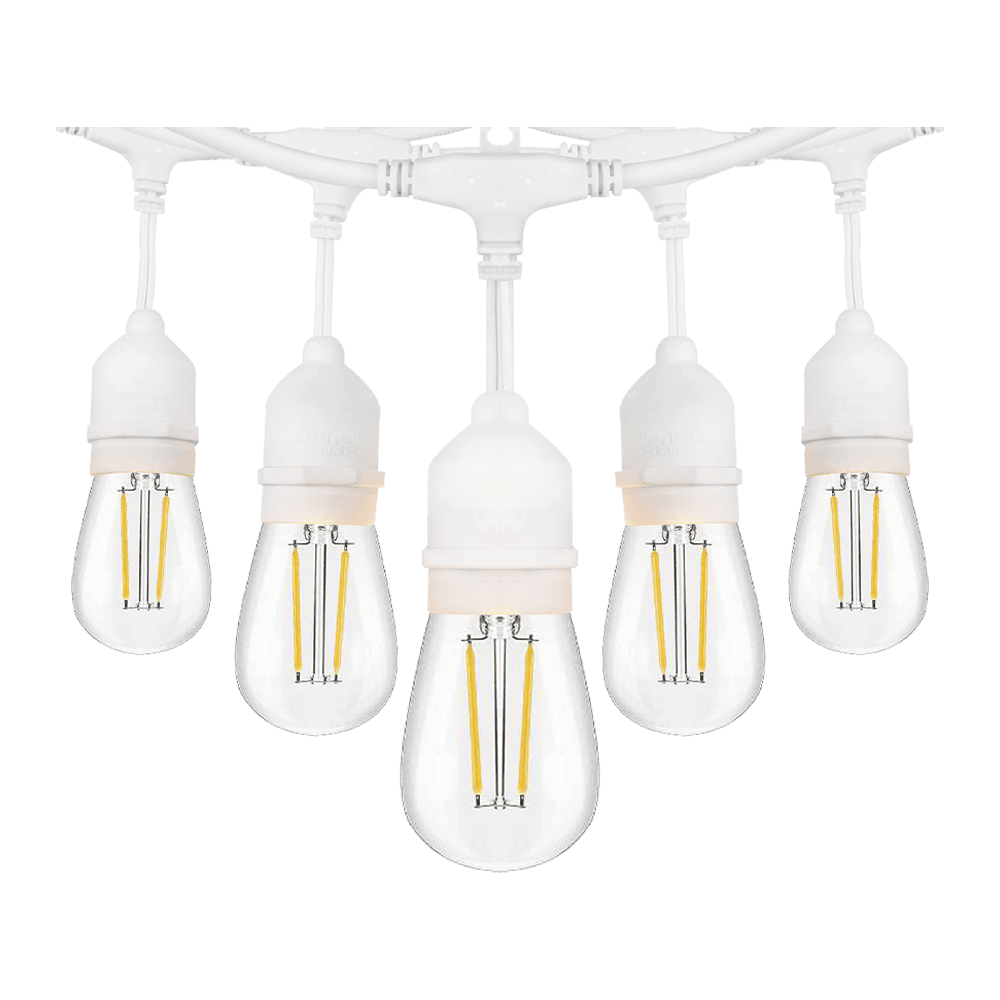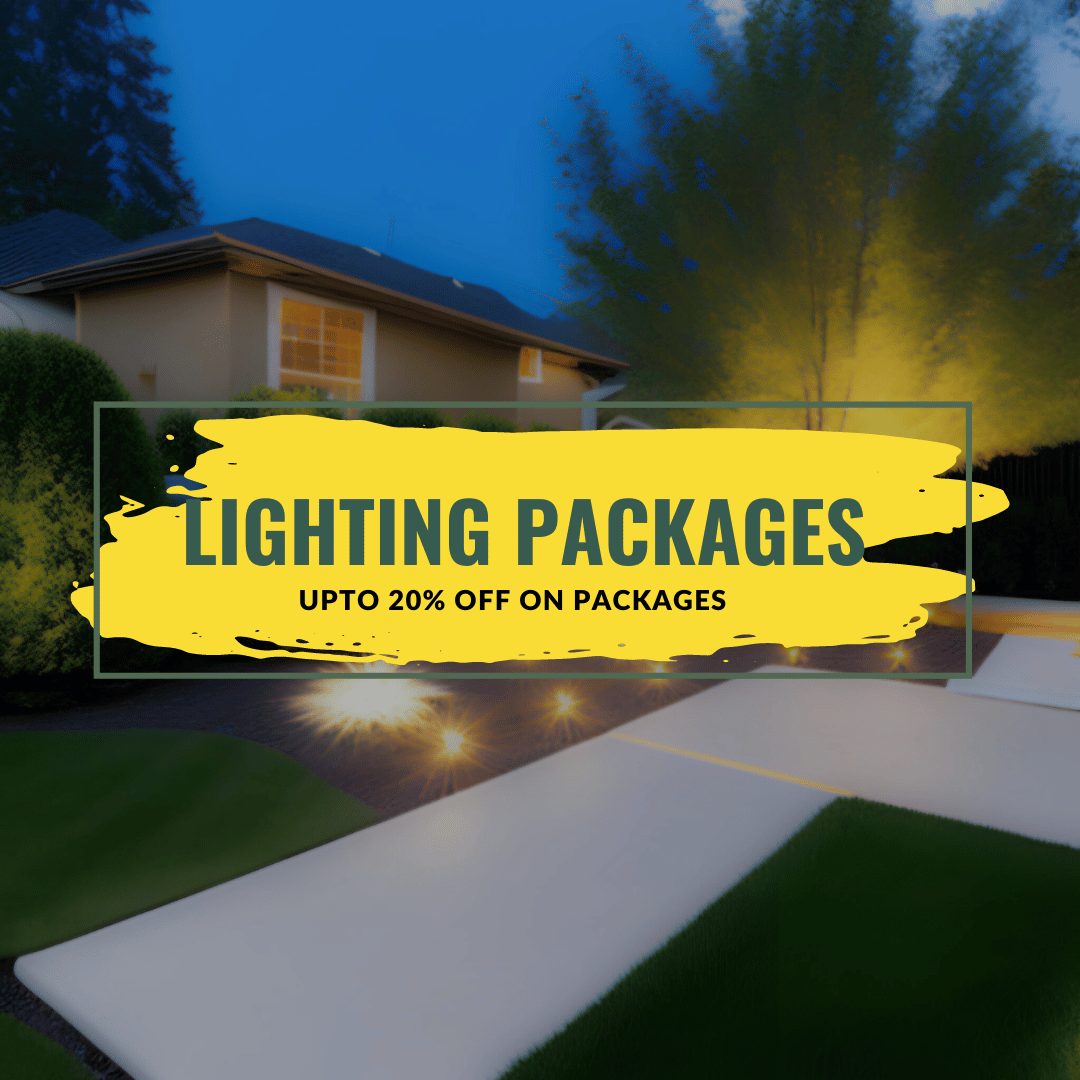Choosing the Best Landscape Lighting for Your Outdoor Space: Low Voltage vs. Line Voltage
If you're planning to transform your outdoor space into a glowing haven, choosing the right landscape lighting is the key to making your garden showcase its beauty even after sundown. When it comes to outdoor lighting, two major systems are often discussed—Low Voltage (12V) and Line Voltage (120V). Understanding the differences between these systems will guide you in making the best choice for your space.
What is Low Voltage Landscape Lighting (12V)?
Low voltage lighting operates on a 12-volt system and requires a transformer to convert standard household voltage (120V) to 12 volts. This makes it a popular option for safer, energy-efficient, and flexible installations.
Benefits of Low Voltage Landscape Lighting (12V):
- Enhanced Safety: The 12V system is safer, especially for households with children or pets.
- Energy Efficiency: Consumes less power, reducing your electricity bills and environmental impact.
- DIY-Friendly Installation: Easy setup without the need for burying cables deeply or using conduits.
- Design Flexibility: Fixtures can be moved, repositioned, or added easily, providing plenty of creative freedom.
What is Line Voltage Landscape Lighting (120V)?
Line voltage landscape lighting uses the same standard 120-volt system as indoor household electricity, making it suitable for larger spaces that need bright illumination. Line voltage lights are powered by connecting directly to your electrical circuit.
Benefits of Line Voltage Landscape Lighting (120V):
- Brighter Illumination: Lights up large areas effectively, making it ideal for expansive landscapes.
- Simplified Layout: Requires minimal external equipment, such as transformers, making the design straightforward.
- Long-Distance Reach: Capable of spanning long distances without voltage drop issues.
- Cost-Effectiveness for Large Projects: Materials and labor are straightforward for bigger installations, saving on total costs.
Low Voltage vs. Line Voltage—Which is Right for You?
When deciding between the two systems, consider the following factors:
- Budget: Low voltage systems generally have lower upfront costs, but line voltage is better for extensive projects.
- Safety: Low voltage lights are the safer option for homes with kids or pets.
- Ease of Installation: If you prefer a DIY-friendly project, low voltage is the way to go. Line voltage requires professional installation by a licensed electrician.
- Customization Needs: Low voltage systems offer more flexibility for repositioning and creative layouts.
- Light Output Needs: For areas requiring higher brightness (like pathways or large lawns), line voltage provides the powerful illumination you need.
Making the Right Choice for Your Outdoor Lighting
Choosing between low voltage and line voltage lighting boils down to your specific needs—safety, light output, flexibility, and budget. Whatever you decide, integrating high-quality landscape lighting into your outdoor space creates a visually stunning, inviting atmosphere that extends your evenings outdoors.
Transform your garden into a captivating retreat with the right lighting system and make every night in your outdoor space magical.











